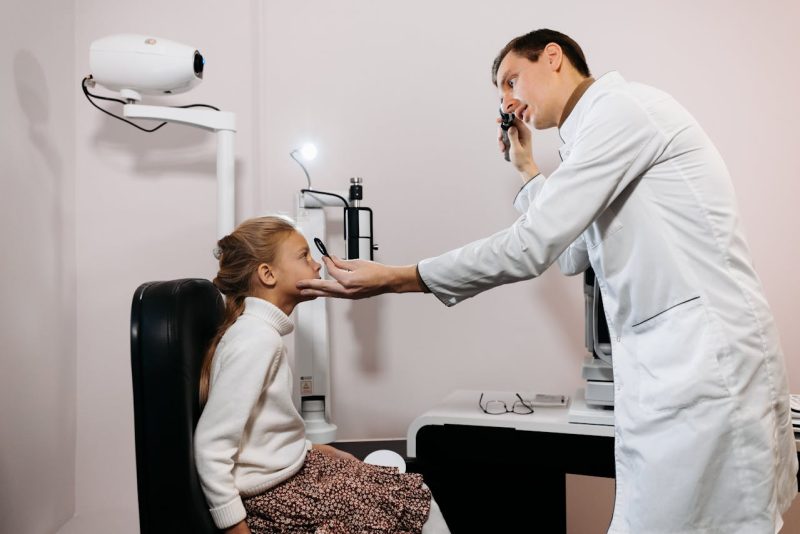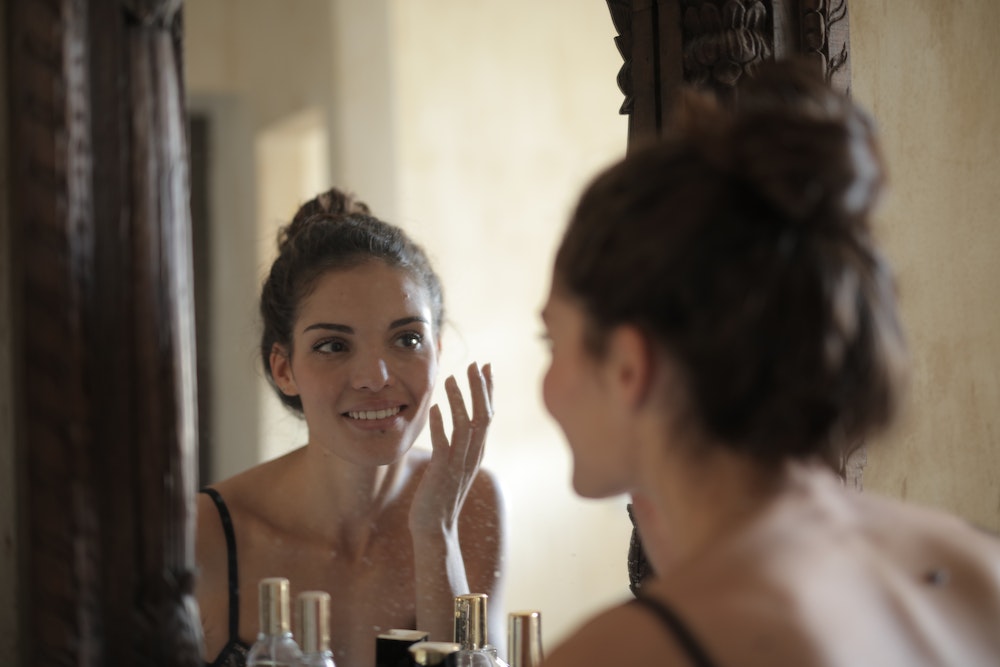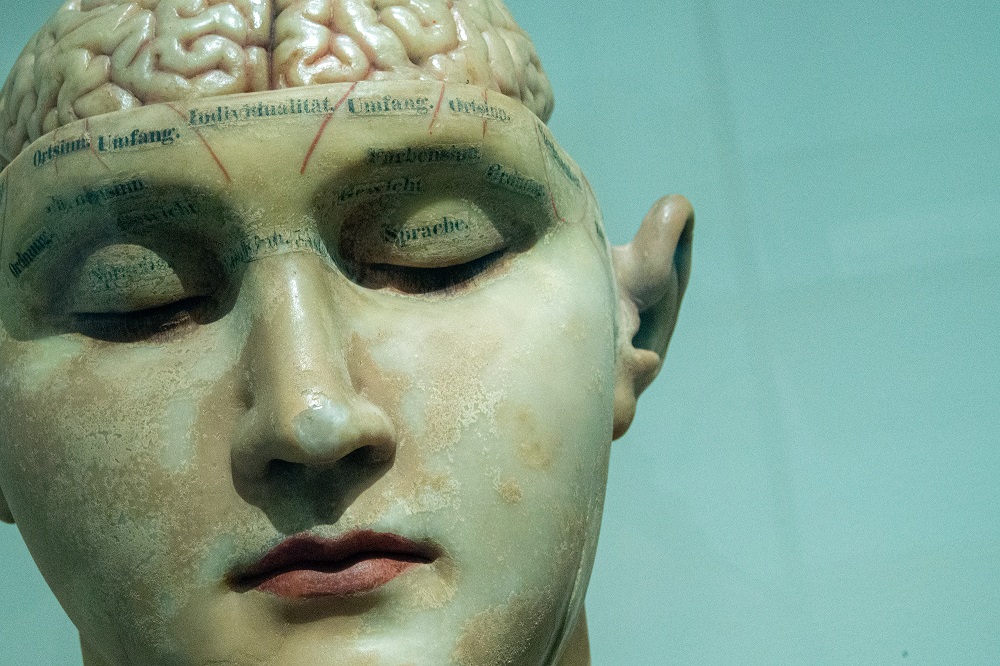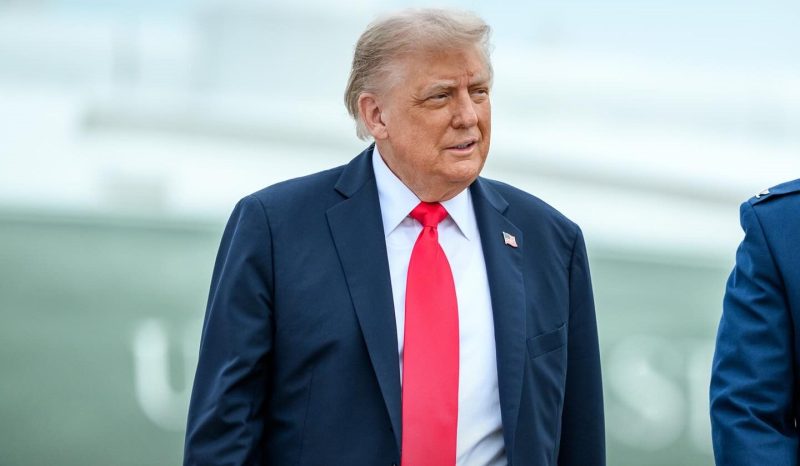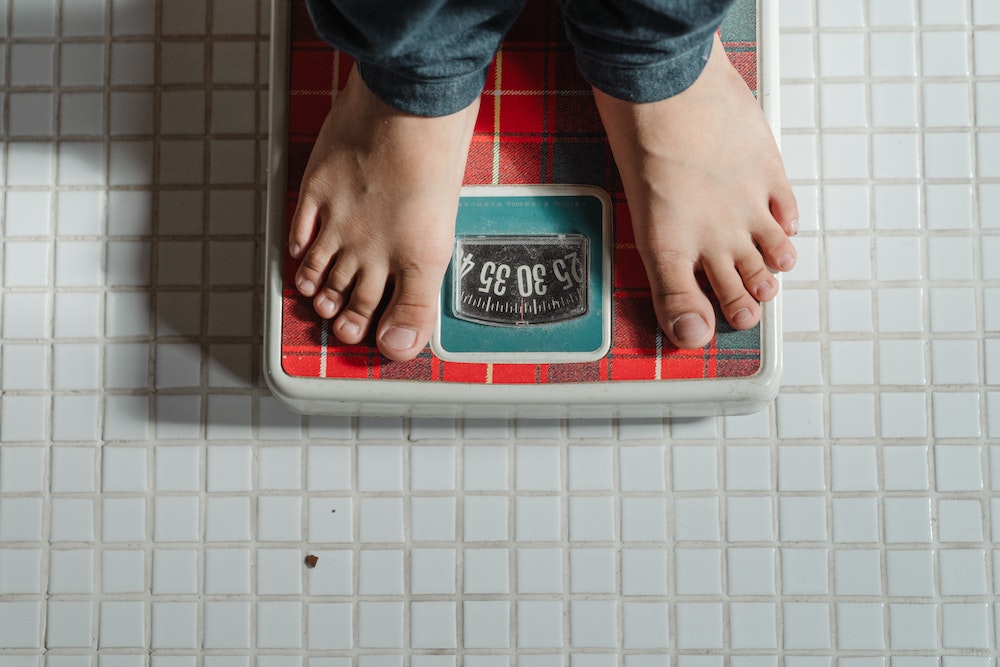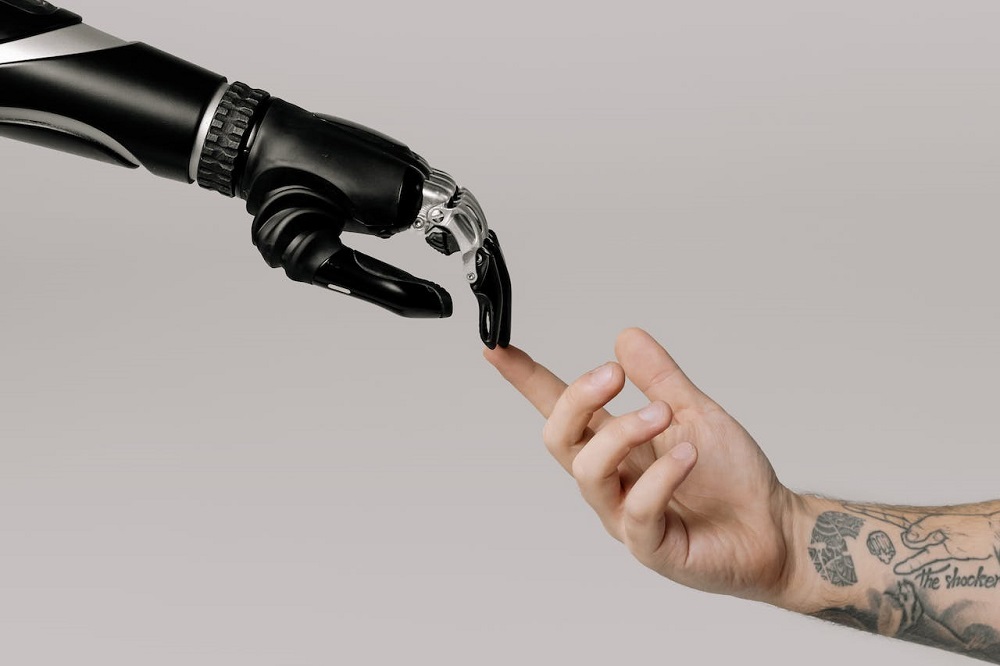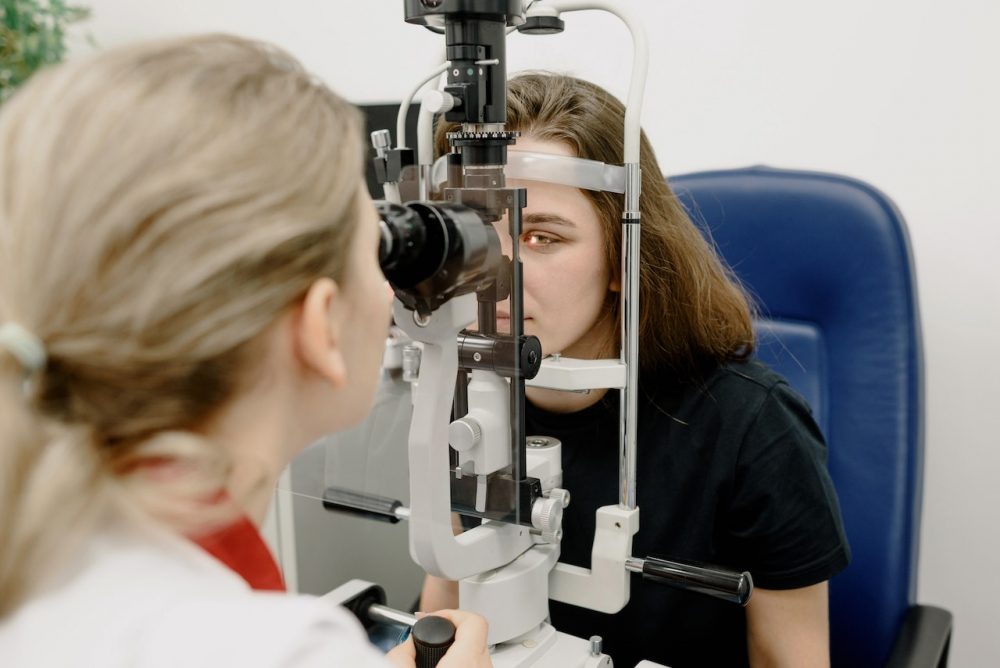Vision plays a huge role in how children grow, learn, and interact with the world. If their vision is off, everything from reading to playing sports can feel harder than it should.
What is scary is that most eye problems in kids don’t show obvious signs. No squinting, no complaints. But underneath, there could be issues that mess with focus, depth perception, or even brain development. Catching these early makes all the difference.
Early Exams Catch Silent Problems
A lot happens in those first few years. Your child’s brain is developing fast, and their vision plays a big role in shaping how they take in the world. That is why a pediatric eye exam for children between 6 and 12 months old is so important. It helps doctors catch issues like lazy eye or misaligned eyes before they start causing lasting problems.
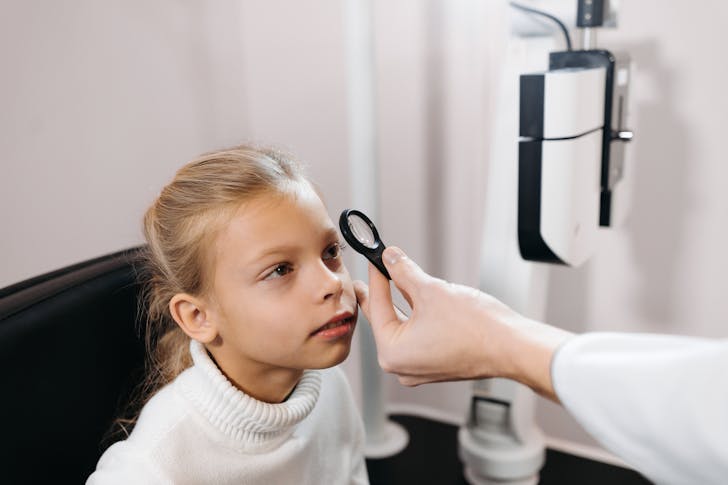
Pavel / Pexels / By the time kids are 3 to 5 years old, another full eye exam is crucial. This one checks for things like blurry vision, trouble focusing, or poor eye teamwork.
These issues often hide in plain sight. Kids may not know their vision isn’t normal, and parents might think everything is fine until school struggles begin.
The Learning Link You Can’t Ignore
Around 80% of learning is visual. If your child can’t see the board, read a book clearly, or track words without strain, their grades will take a hit. A pediatric eye exam before first grade, and then every year after, helps make sure your kid’s vision doesn’t hold them back.
Some kids might need exams more often. If they were born early, had a low birth weight, or have a family history of eye problems, they are at higher risk. And if you have ever noticed a weird eye turn, constant squinting, or anything that feels off, don’t wait. Get it checked now.
Vision Screenings Aren’t Enough
You have probably seen those quick vision checks at school or during check-ups. They are useful, but they are not enough. These screenings are quick and basic, so they can miss a lot of problems, especially things like eye coordination issues or depth perception troubles.
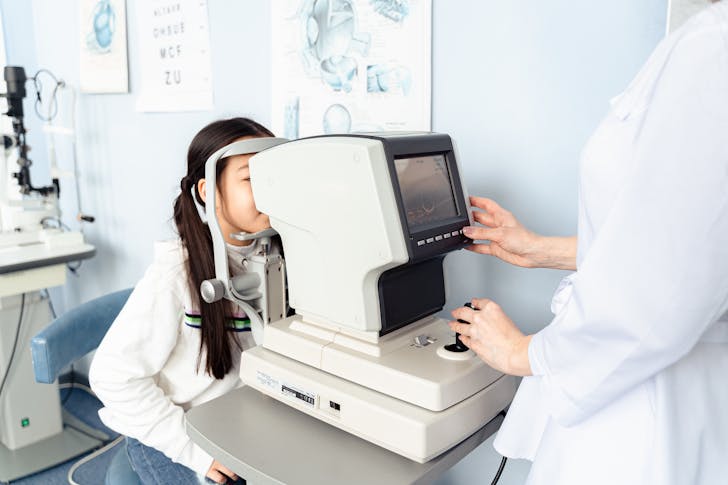
SHK / Pexels / A real pediatric eye exam, done by an optometrist or ophthalmologist, goes deeper. It checks how your kid’s eyes work together, how they focus, and how healthy their eyes are.
However, a pediatric eye exam isn’t scary. In fact, most kids think it is fun. Doctors use games, toys, and even cartoons to make the experience easy and stress-free. The whole thing is tailored to your child’s age and attention span.
They will test visual clarity using pictures or letters. A test called retinoscopy helps figure out if your kid needs glasses. There are also tracking exercises to see how well their eyes move together, and 3D glasses tests to check depth perception.
Finally, after dilating the eyes, the doctor checks inside to spot any hidden issues.
Signs You Shouldn’t Ignore
Some signs are easy to miss if you don’t know what to look for. If your child always sits too close to the screen, rubs their eyes a lot, or complains of headaches, those are red flags. So are frequent squints, tilting the head, or covering one eye while reading.
Eyes that seem misaligned, like one turns in or out, should always be checked. Light sensitivity, excessive tearing, or avoiding books and puzzles are also signs that something could be off. If they ever say things look blurry or doubled, don’t wait. Book a full exam.

